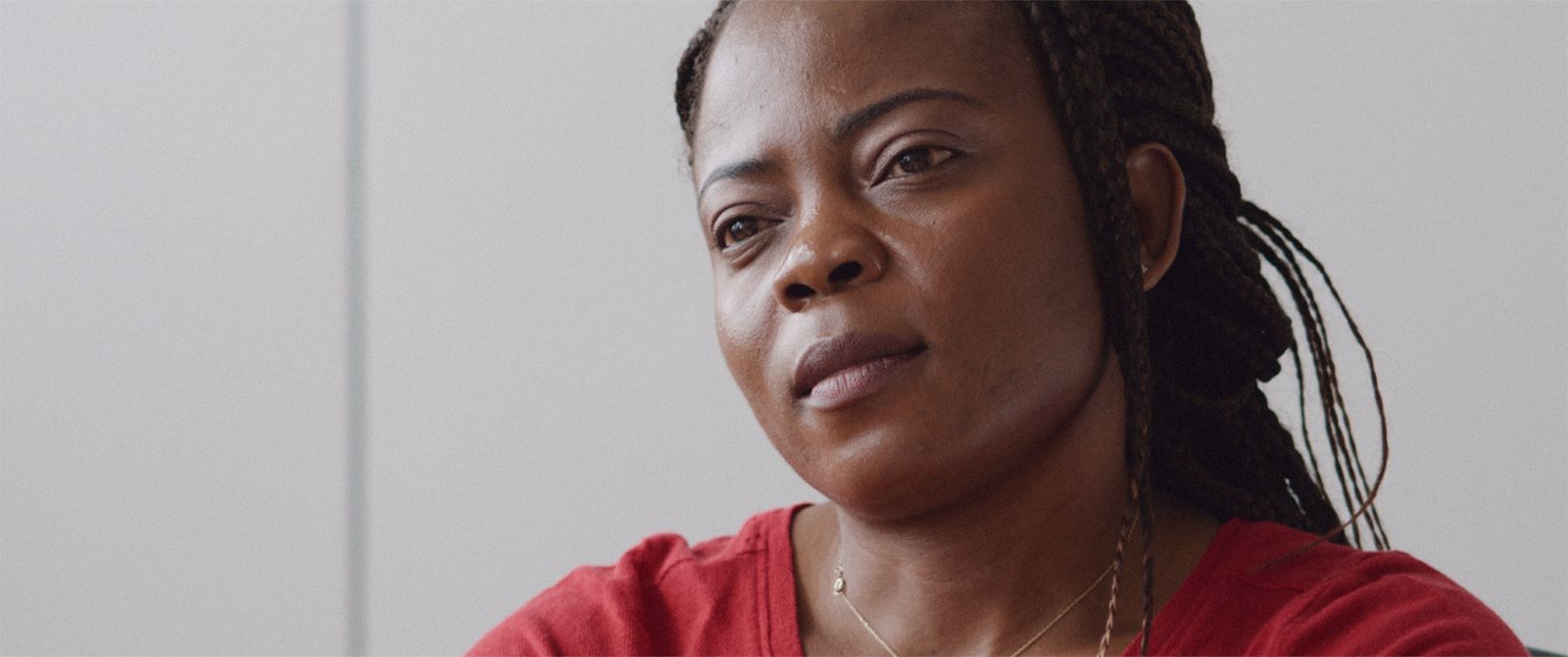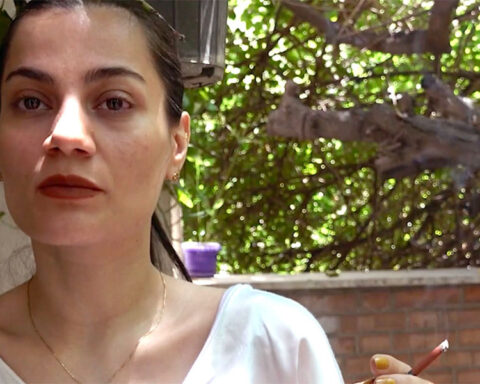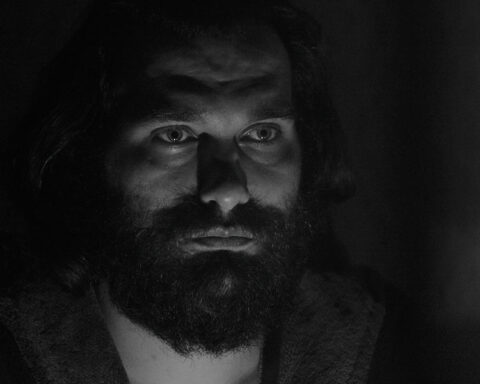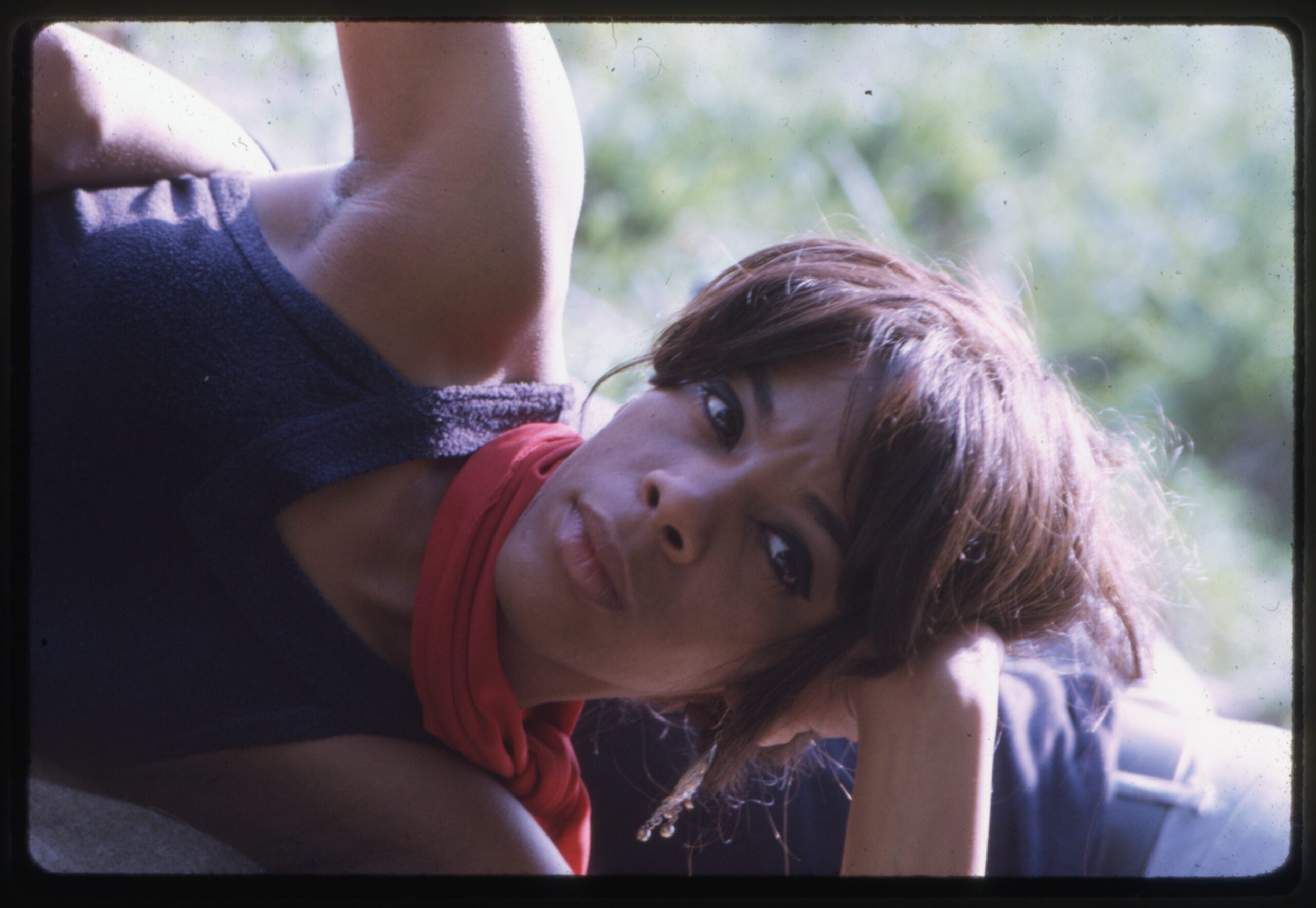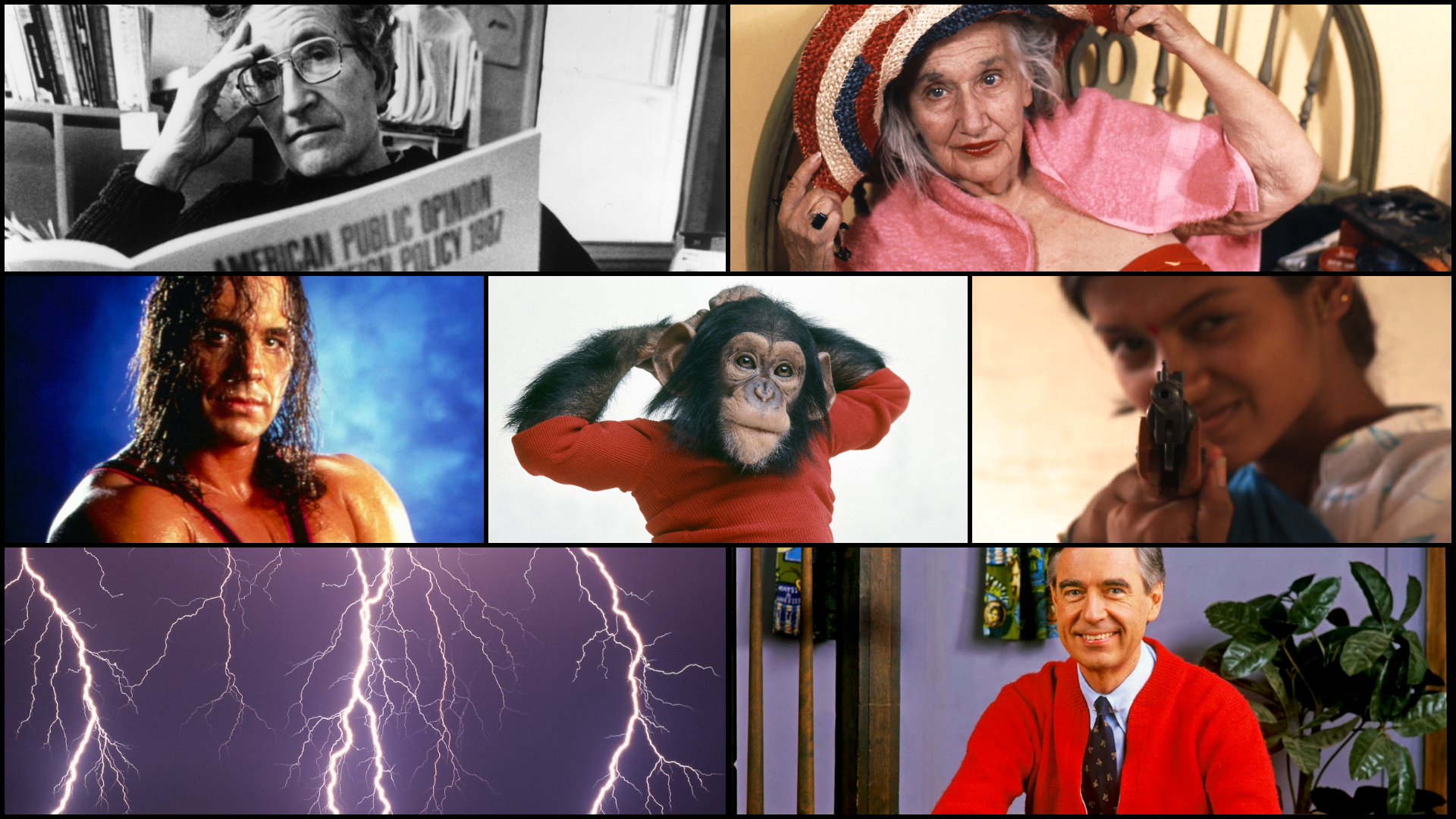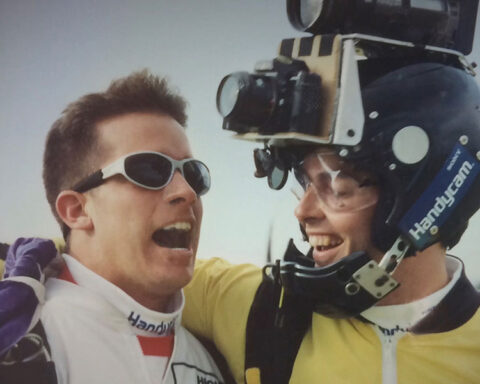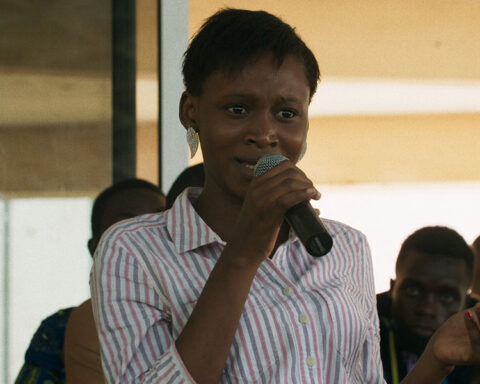One wrong answer means a world of difference for the asylum seekers in The Hearing. The film directed by Lisa Gerig, which has its North American premiere in Hot Docs’ The Changing Face of Europe programme, offers a gripping and incisive study of Switzerland’s process for evaluating asylum seekers. It’s also a boldly unconventional take that puts the whole system in the hotseat.
The Hearing invites asylum seekers to revisit their hearings with real interviewers from the State Secretariat for Migration (SEM). The interview process—or, rather, interrogation process—requires the asylum seekers to recount intimate aspects of the lives. The interviewers grill them for details to help them evaluate their claims. The probing questions visibly force applicants to relive their traumas as they make their case for safety and freedom, often finding themselves tangled in webs of emotions and faulty memories.
Gerig captures some unnerving exchanges as the applicants get to look their interrogators in the eye. The Hearing puts a human face on an impersonal process that fails to consider the effect of the trauma that leads people to seek asylum in the first place. However, the film literally turns the tables on the broken system by inviting the applicants to ask questions of their interviewers in turn. Some fierce lines in inquiry stress that there’s no one-size-fits-all solution to this global crisis.
POV caught up with Lisa Gerig via email for an exchange about her process with The Hearing, working with parties on both sides, and revealing a system that works in shadows.

POV: Pat Mullen
LG: Lisa Gerig
This interview has been edited for brevity and clarity.
POV: What were you looking for when you were casting the asylum seekers for the film? Did you ever cast based on the SEM interviewer?
LG: I have been involved in the field of asylum as an activist for over ten years and have been able to establish many friendships with people who have fled. For this film, my existing relationships and trust with these people were present from the beginning. Finding SEM interviewers who were willing to participate in this project was extremely difficult and time consuming. I was happy about every single person who finally agreed after a long process; I didn’t have much choice on this side.
POV: What conversations did you have with both parties when considering how to recreate the interview process?
LG: I talked a lot with the asylum seekers about their real, past interviews: How did they experience it, what was difficult and why, and when did certain feelings come up, etc. This was also important to find out whether there were areas in their lives that we did not address during filming. The memories are simply too painful and we didn’t want to risk re-traumatizing them.
With the SEM staff, I talked more about the specific sequence of the hearings. We determined what information they would have in advance in a real hearing and I organized it for them before the shoot. The preconditions for the shoot were pretty much identical to reality.
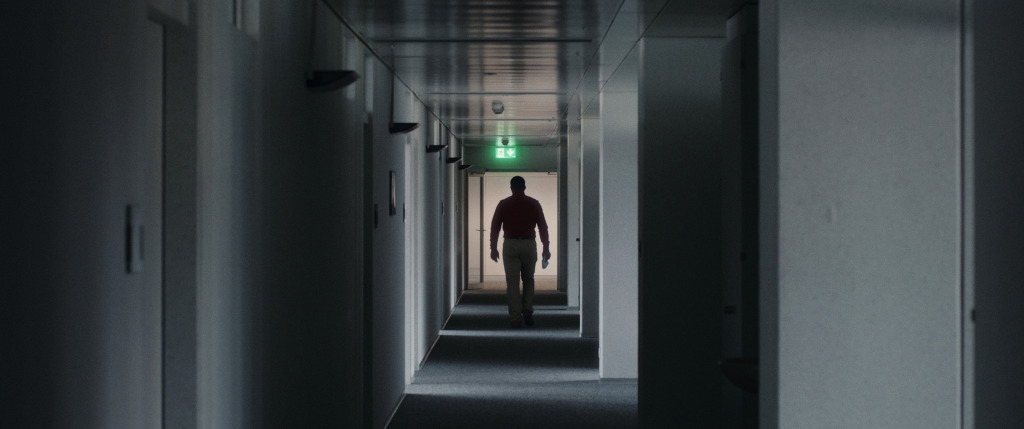
POV: How did you access the interview materials if the interview process isn’t public? What was the process of scripting the scenario into the interviews we see in the film?
LG: The conversations as we see them in the film are not scripted. Both sides again engaged in a hearing as it might take place in “real life”. The interviewers asked the questions they would ask in such cases and the asylum seekers answered spontaneously and genuinely.
POV: Did you allow for any dramatic license in the recreation of events?
LG: The dramaturgical considerations only came into play in the editing process when it was a matter of shortening the conversations, some of which lasted several hours, to 15 minutes per person without omitting anything essential.
POV: The film takes a brilliant twist when it turns the tables on the interview process and lets the asylum seekers ask the questions. What inspired that?
LG: In the preliminary conversations with the protagonists, I asked them which role they would prefer to take in this context. The power, the liveliness, and the intensity that lay in their answers actually moved me to initiate this role reversal during the shoot.
POV: How did the SEM interviewers feel about being in the other seat?
LG: From our follow-up discussions, I know that the experience of role reversal was very different for the four interviewers. But it took a lot of courage for all of them and required a lot of trust in me. One interviewer, for example, said that it was the most difficult thing she had to do in her years at the State Secretariat.
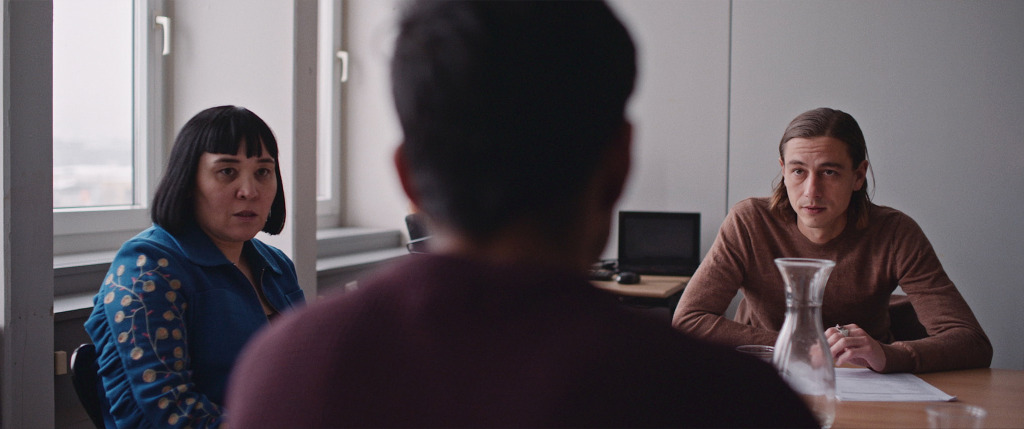
POV: At least one of the asylum seekers still has an open case, so what implication might this film have on his or her appeal?
LG: I spoke with the legal representatives of the asylum seekers in advance to be able to assess exactly whether the film could pose a risk to their proceedings/decisions. According to them, the film will have no influence on the course of the proceedings.
POV: What do you hope this look at the interview process inspires in terms of how we look at the asylum process?
LG: The film is intended to provide a precise and critical view of this bureaucratic procedure, which otherwise takes place in secret. Problematic aspects and challenges, such as the black box of the translation process, dealing with the danger of misunderstandings due to class and origin, or the lack of training in dealing with trauma, are to be made perceptible and visible to the viewers and thus also open to criticism.
And beyond that, more fundamental questions should be made possible: Are hearings, as the film shows them, reasonable and the ideal instrument for granting asylum? Can they really clarify who deserves protection? And what does it mean when one’s future depends on how one tells one’s story? Can the current concept of refugee still respond adequately to the diversity of asylum motives today?
POV: Interviewing is a key skill for documentary filmmaking and journalism, so what did you learn about conducting interviews by observing the interview process?
LG: Once again, it was made very clear to me how much power the person asking the question has. The way a question is formulated shapes the answer. In asylum hearings, the statements of the asylum seekers are subjected to a credibility test; suggestive questions are extremely sensitive! And the aspect of time has gained importance for me. How much time and space is given to the other person for an answer? When are there further questions and to which point of a narrative do they react?
POV: How much is this situation unique to Switzerland? How is it universal?
LG: In Switzerland, as in many other countries, there is this special asylum procedure for determining refugee status. The procedures differ in some countries, but the basis for determining refugee status is the same: the Geneva Refugee Convention (1951) and the 1967 Protocol define when a person is a refugee, so the fundamental issue of this film is very universal.
The Hearing screens at Hot Docs 2023.
Get more coverage from this year’s festival here.
POV is a media partner with European Film Promotion for The Changing Face of Europe at Hot Docs.




